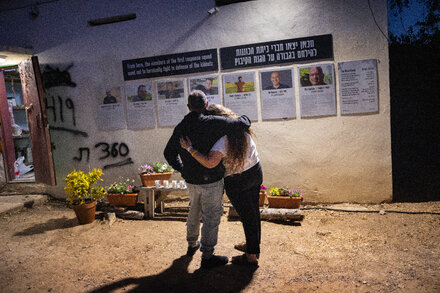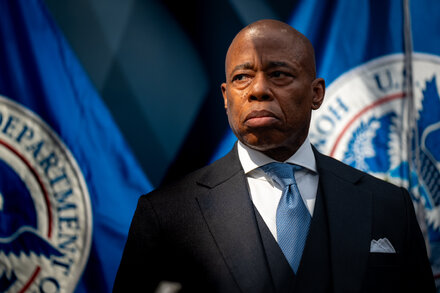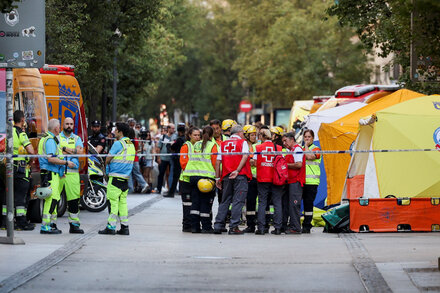Nearly a year after their capture, over 100 hostages remain held in the Gaza Strip, their precise number and condition largely unknown. Their plight continues to fuel intense diplomatic efforts and profound humanitarian concerns amidst the ongoing conflict.

Efforts continue to secure the release of an estimated more than 100 hostages still held in the Gaza Strip, nearly a year after their capture during the October 7, 2023, attacks on southern Israel. The precise number and condition of the remaining captives remain a central and highly sensitive aspect of the ongoing conflict, fueling intense diplomatic activity and profound humanitarian concerns.
The hostages were abducted by Hamas and other militant groups during the cross-border assault that killed approximately 1,200 people in Israel. Initial estimates placed the number of captives at around 250, including Israeli citizens, foreign nationals, and individuals with dual citizenship. Since then, a portion of these individuals has been released, either through negotiated agreements, military operations, or, tragically, found deceased.
During a week-long truce in November 2023, 105 hostages were released, predominantly women and children, in exchange for 240 Palestinian prisoners held in Israeli jails. This agreement, brokered by Qatar, Egypt, and the United States, offered a glimmer of hope but left a substantial number of individuals still in captivity.
Demographics and Conditions
Among those believed to be still held in Gaza are Israeli soldiers, civilian men, and a smaller number of women. Israeli officials have indicated that a significant number of the remaining hostages are believed to be deceased, though concrete information is scarce and often based on intelligence assessments rather than direct contact. The lack of verifiable information regarding their health, location, and overall well-being has been a constant source of anguish for their families and a major point of international concern.
“Every day that passes is a day too long for these families,” stated a spokesperson for the Hostages and Missing Families Forum. “We demand their immediate and unconditional return. The world must not forget them.”
Humanitarian organizations have consistently called for access to the hostages to assess their conditions and provide necessary aid, but these calls have largely gone unanswered by their captors. Concerns about potential mistreatment, psychological trauma, and lack of medical care for those with pre-existing conditions are paramount.
Ongoing Negotiation Efforts
The release of the remaining hostages has been a primary objective for the Israeli government and a key component of international efforts to de-escalate the conflict. Numerous rounds of indirect negotiations, facilitated primarily by Qatar and Egypt, often with U.S. involvement, have aimed to broker a new deal. These proposals typically involve a multi-phase agreement including a ceasefire, the release of Palestinian prisoners, and the phased return of hostages.
However, significant obstacles have persistently stalled these talks. Hamas has generally demanded a permanent ceasefire, the full withdrawal of Israeli forces from Gaza, and the release of a large number of high-profile Palestinian prisoners in exchange for the remaining captives. Israel, while committed to bringing its citizens home, has reiterated its resolve to dismantle Hamas’s military capabilities and secure its borders, making a permanent ceasefire under Hamas’s terms a contentious point.
Prime Minister Benjamin Netanyahu has repeatedly affirmed, “We are committed to bringing all our hostages home. We will not cease our efforts until every single one of them is back on Israeli soil.”
The fate of the hostages continues to cast a long shadow over the region, influencing military decisions, diplomatic strategies, and public sentiment. Their safe return remains a critical benchmark for any lasting resolution to the conflict.
Source: Read the original article here.





